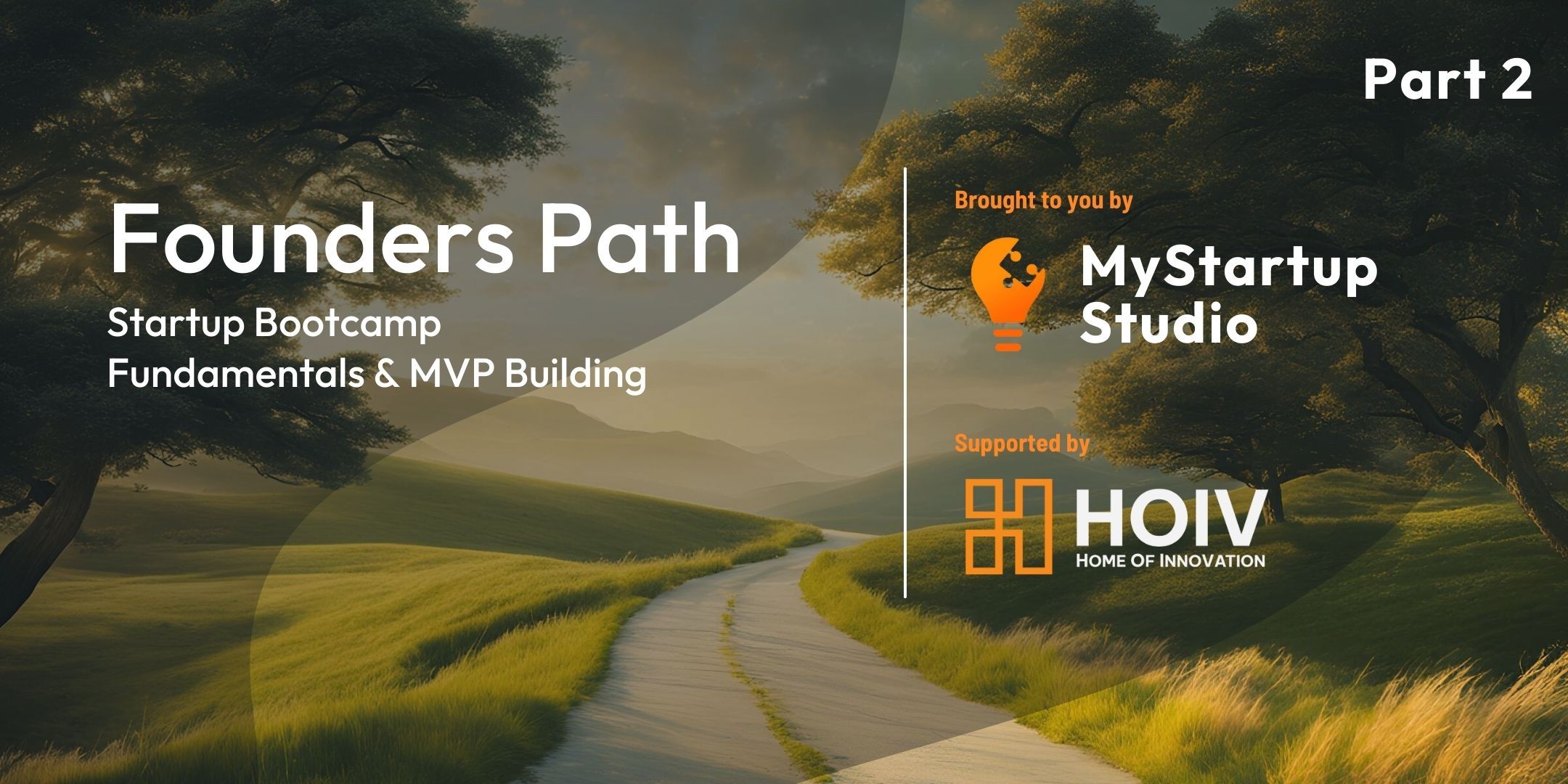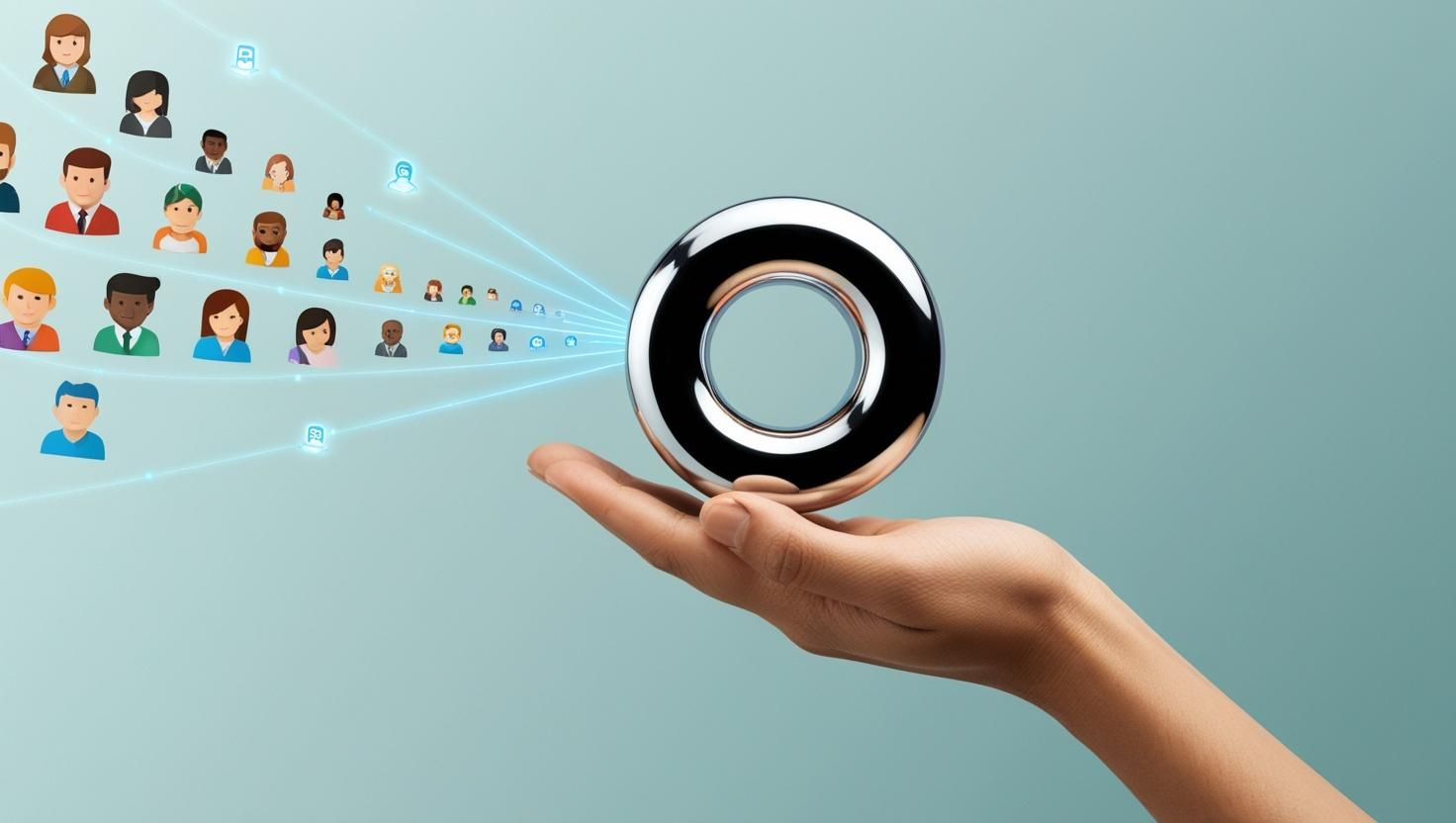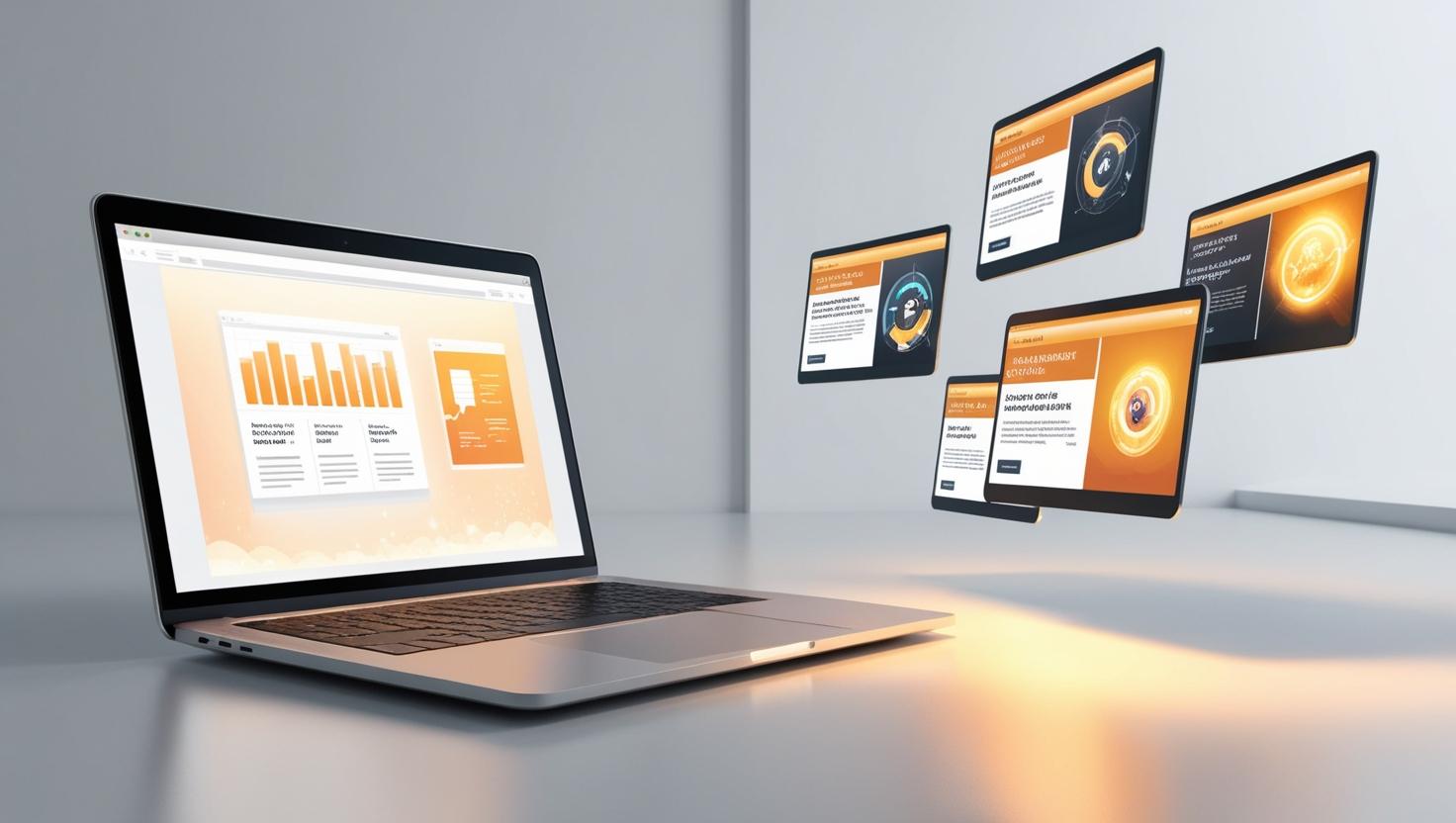How to build a startup product
- Do NOT build the product!
- Build a minimal viable version of the product
Examples of MVPs
- Dropbox
3 minutes long explainer video that showed Dropbox’s intended functionality and lead to why one would want to pay for it.
Increased user signups from 5,000 people to 75,000 overnight - Twitter
Internal SMS communication channel that could be accessed by employees of podcasting company Odeo during Hackathons after launch of Apple’s iTunes
Founders noticed that but employees were spending hundreds of dollars on SMS to post to the platform - Airbnb
Founders observed that San Francisco frequently hosted highly attended conferences, but visitors usually found it difficult to look for a city hotel room. They provided air mattresses in their living room, free Wi-Fi, and free breakfast. They got an idea for a new business after many people showed interest in renting space in the apartment.
MVP - What?
A Minimum Viable Product is something that solves a problem and can be sold as an actual product.
Iterations
At this point it is important to keep re-iterating witht the BML Method to make sure that your features can help your audience
If you already have a small audience that provides you with feedback you can validate new features with surveys before you even start developing it
When to launch?
- Keep funding options in mind
- Some fundings only fund non-existing things (if you already have a prototype, you might not get funding for the prototype itself because it already exists)
- ASAP
- Fear is a mind killer
- Start building an audience yesterday
“If you are not embarrassed by the first version of your product, you've launched too late” – Reid Hoffman
Benefits of a MVP
Avoiding scope creep and focusing on your audience needs will yield the following benefits
- Faster time to market
- Gathering user feedback for improvement
- Validating market demand early
- Early customer acquisition and relationship building
- Testing revenue models
- Clearer roadmap for development
- Risk minimization
- Reduced development costs
- Opportunity to pivot if necessary
- Building credibility with stakeholders & early-customer
Sounds good, how to actually build it?
Identify core features, Choose MVP type and Start building :)
Identifying core features
- write down all features
- categorise using MoSCoW method
- prioritise must-have features (this is very important to avoid scope creep)
- Conduct interviews or surveys with potential users to validate which features they consider most essential to solving their problem
- Avoid leading and biased questions
MVP Types
- Landing page
- Explainer video
- Wizard of Oz method
- Piecemeal
Start building
Common MVP Tools
list of mvp tools (wix, bubble etc.)
MVP Aftermath
Market Demand Validation: User sign-ups, downloads, or usage rates. User Engagement: Active users, session duration, or feature engagement rate. Core Feature Validation: Usage frequency of primary features. Monetisation: Conversion rate, average revenue per user . Retention: Customer retention rate, churn rate.
Be lean - BuildMeasureLearn & Pivoting
Iterate, pivot, adapt -> Gradually turn your MVP into a product!
Common MVP Mistakes
- Overbuilding before validating the core idea.
- Ignoring feedback and not iterating.
- Delaying launch for perfection instead of testing early.
- Targeting the wrong audience, ignoring early adopters.
MVP Workshop
- Split into teams
- Process
- Identify core MVP features
- Create survey to confirm core features
- Choose MVP type
- !! Present !! your MVP in 2 minutes at the end of the session
- You can use pen and paper or our platform MyStartup.Studio




